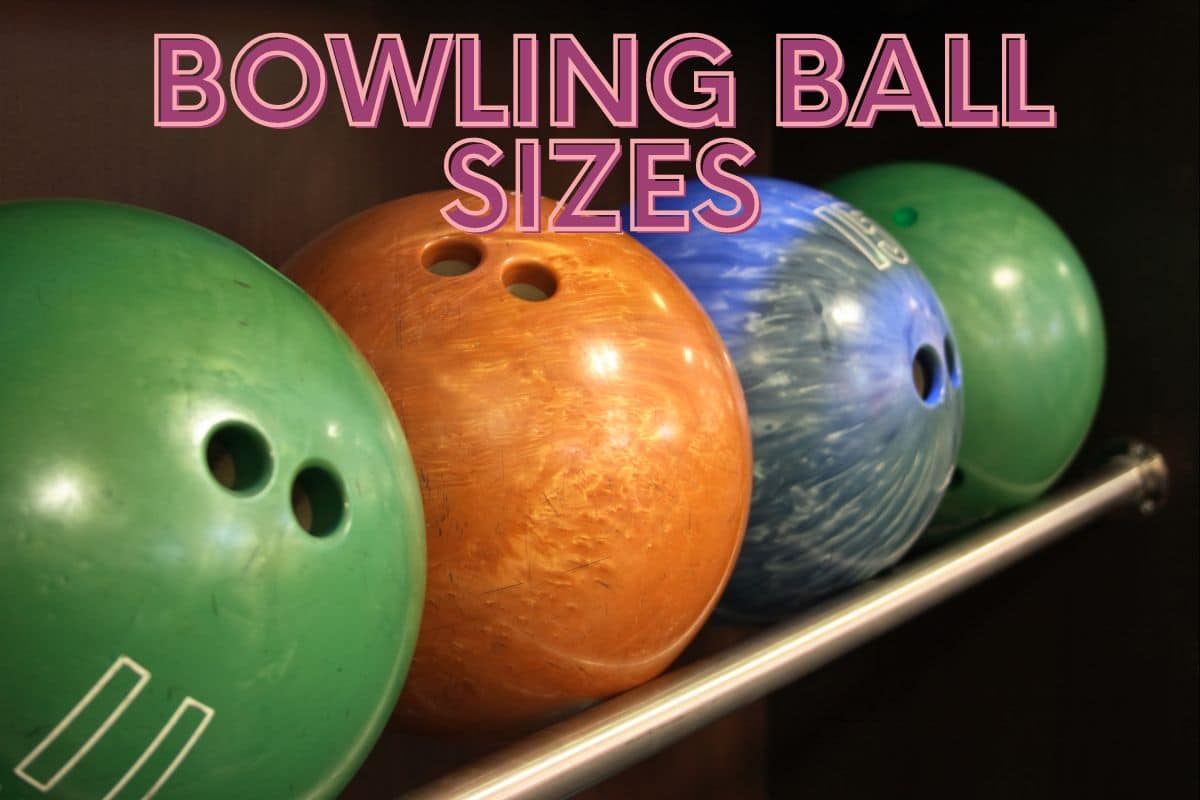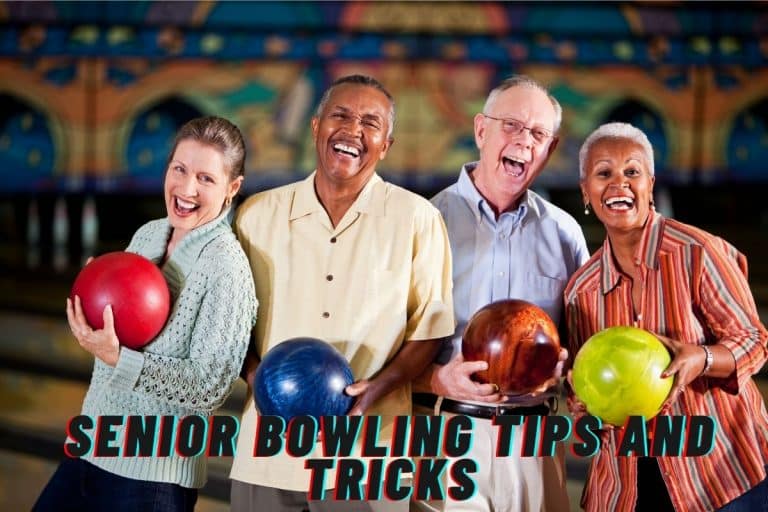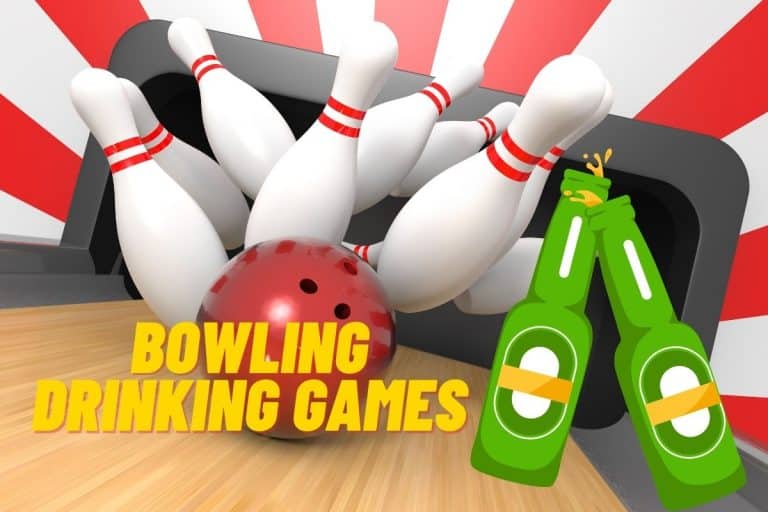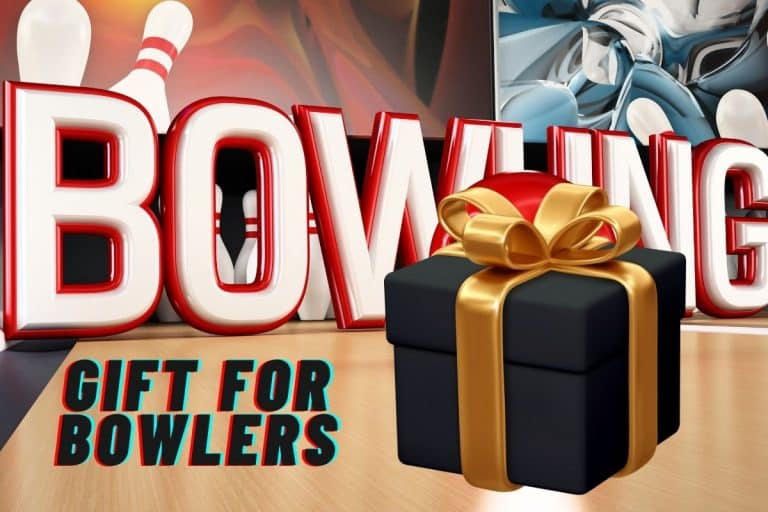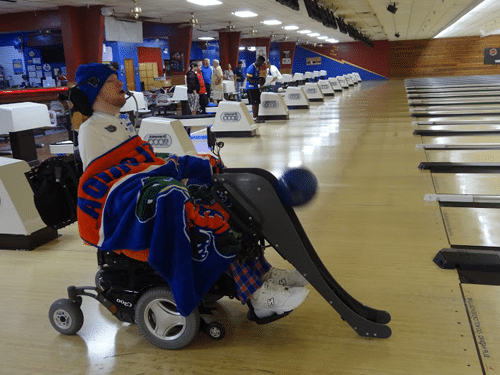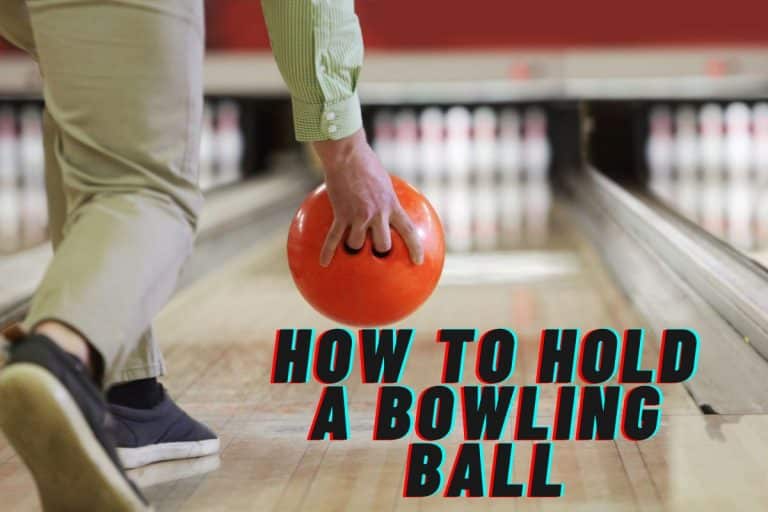Bowling Ball Sizes: 10Pin / Duckpin / 5Pin / Candlepin
Ready to hit the lanes? It's crucial you know the different bowling ball sizes and pick the one that works best for you. Learn the ins and outs of different bowling ball sizes and their use cases by reading on!
The bowling ball is the centerpiece of any bowling game. Therefore, selecting the right ball size is crucial and should never be overlooked. Bowling balls come in different sizes and weights, each designed for different types of bowlers—some preferring heavier balls, while others lighter ones. The construction materials of the balls can also vary, resulting in different sizes and weights. Choose the wrong bowling ball, and you could be in for a frustrating time on the lanes. If that's you, worry not, we have you covered. Join us as we explore the world of bowling ball sizes and help you find the perfect fit for your game!
Whether a beginner or a pro, read on to gain insight into the available bowling ball sizes and how different sizes can affect your game!
Understanding Bowling Ball Sizes
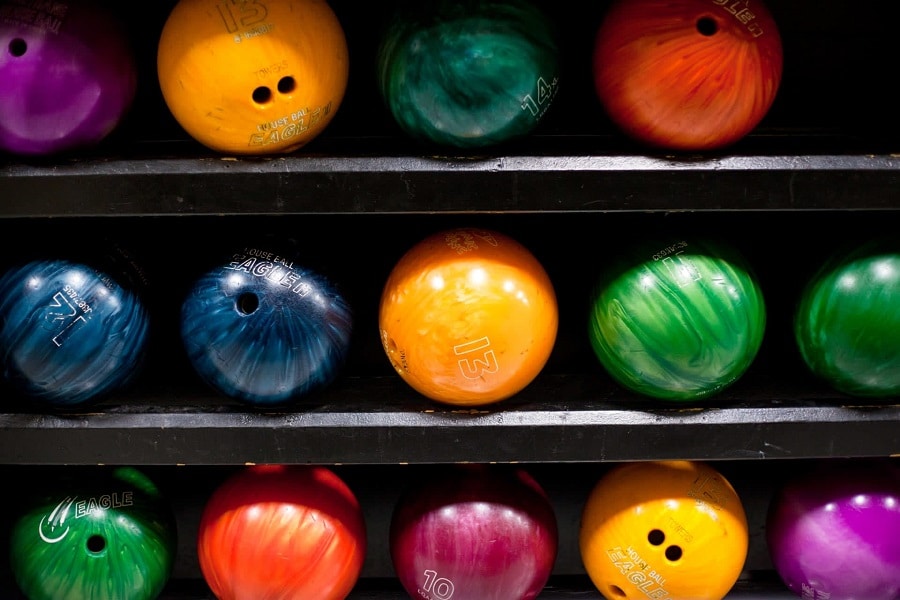
If you are new to bowling, you may be asking yourself, “What's the deal with different bowling ball weights and sizes?” If anything, other sports such as football, volleyball, and golf have standardized sizes for their equipment, so why is it different with bowling? The following are just some of the reasons why bowling balls come in different weights:
- Personal preference: Bowlers of all skill levels have their own preferences when it comes to the size and weight of the ball they use. While some bowlers may find more control with lighter balls, others may prefer the momentum and force of heavier balls.
- Skill level: Some bowlers find it simpler to get started with smaller, lighter balls, while others, looking to hone their skills, may choose larger, heavier balls.
- Lane conditions: The weight and size of the ball can affect how it rolls and reacts on the lane, and different lane conditions, such as oil patterns or surface texture, can also have an impact. Bowlers may need to adjust their ball weight and size accordingly to achieve the best results.
- League or tournament rules: There may be minimum and maximum weight requirements, as well as size restrictions, for bowling balls in some leagues and competitions. Depending on the rules, bowlers may need to use a certain ball.
Pro Tips(s):
- An experienced bowler or pro shop staff member can provide valuable advice on selecting a ball appropriate for your skill level, playing style, and physical characteristics. They can also help you understand the differences between various ball types and materials, such as reactive resin or plastic.
What Are The Different Bowling Ball Sizes?
Most people associate bowling with ten-pin bowling, and with good reason. Ten-pin bowling is the most popular type of bowling, and it comes with a standardized size for the bowling ball. Because of this, most newbie bowlers tend to believe that bowling balls come in only one size, but in fact, that is not true.
The following are other sizes of bowling balls available depending on the type of bowling you intend to play.
-
Ten-Pin Bowling Balls
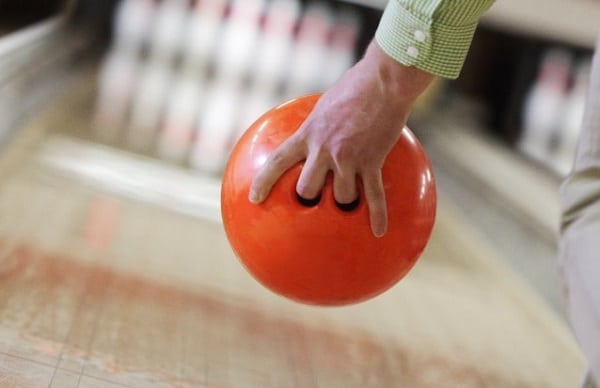
Ten-pin bowling balls are the most popular bowling balls used by professional bowlers and recreational bowlers alike. Organizations such as the United States Bowling Congress (USBC) regulate ten-pin bowling ball sizes. For ten-pin bowling, balls must weigh between 6 and 16 pounds and have a diameter of 8.500 to 8.595 inches or 21.59 to 21.83 centimeters. The specification also covers other aspects of the bowling ball, such as the circumference and the surface roughness.
-
Duckpin Bowling Balls
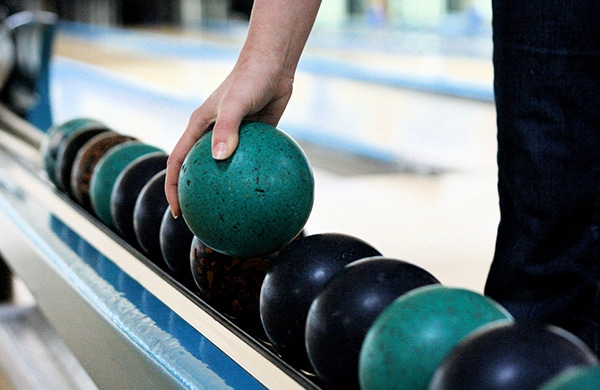
Duckpin bowling is an old-fashioned sport that has been around since the early 1900s. Different bowling ball is used in duckpin bowling than in traditional ten-pin bowling. Duckpin bowling balls are just 3.6 to 3.12 pounds and 12 to 12.7 centimeters in diameter. The balls are also different in that they lack finger holes and have no finger inserts, so the ball is gripped from the top. The balls are regulated by the National Duckpin Bowling Congress or NDBC.
-
Five-Pin Bowling Balls
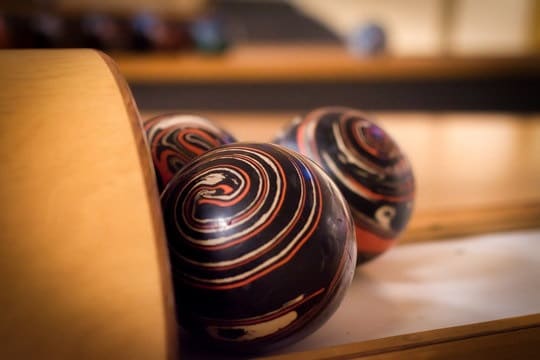
The bluntly named “five-pin” bowling balls are named so because you only need five pins to play the game. It is a popular bowling game that anyone can enjoy, as it is simpler than other forms of bowling. Five-pin bowling balls weigh from 3.6 to 3.12 pounds and are 12.1 to 12.7 in diameter with no finger holes.
-
Candlepin Bowling Balls
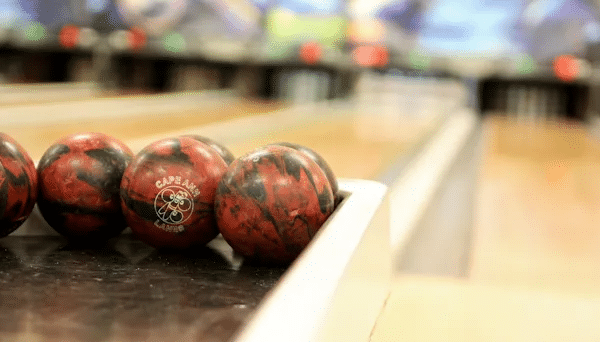
Candlepin bowling is not as popular as traditional bowling, but it is a fun and unique style of bowling for people of all ages. What's unique about this form of bowling is that it has the most miniature bowling ball—each weighs between 2.4 and 2.7 pounds. The 4.5-inch diameter (11 cm) is nearly precisely half the 8.5-inch standard for ten-pin bowling balls.
How To Choose The Right Bowling Ball Weight
Choosing the right weight for your bowling ball is something you should not overlook—Choose the wrong weight, and you will most certainly have a difficult time enjoying your bowling experience. So, what factors should you consider when selecting the right weight ball? The following tips will help you make the best decision:
- Skill level: Beginners and children should consider using lighter balls, while more experienced bowlers can handle heavier balls
- Your body weight: Your bowling ball should weigh around 10% of your body weight. So, if you weigh 150 pounds, a 15-pound ball would be appropriate.
- Comfort level: Choosing a ball you feel comfortable holding and throwing is important. Try out different weights and see which one feels best for you.
- Bowling style: If you have a straight bowling style, you may want to go for a heavier ball, while if you have a hook or curve style, a lighter ball may be more suitable.
- Lane conditions: The condition of the lane can also affect the weight of the ball you choose. A heavier ball may be better for oily lanes, while a lighter ball may be better for dry lanes.
Pro Tip(s):
- The right bowling ball is crucial for accuracy, power, and consistency. Using the wrong ball can lead to reduced speed, lack of control, and injury risk, affecting overall performance. Consider weight, style, and lane conditions when selecting a ball to maximize your potential.
Which Bowling Ball Size Should I Go For?
When it comes to choosing the right bowling ball, comfort is key! While the most popular weight for adult bowlers is 15 lbs, it's crucial to find the weight that works best for you. For those who struggle with heavier balls, lighter options between 10 and 12 lbs may be more manageable. Before purchasing your ball, test out different weights by bowling a game or two with a house ball at your local pro shop. Take note of which weight feels most comfortable and provides the most control without leaning too far toward the lighter end of the spectrum.
Bottom Line
Bowling balls come in different sizes and weights, depending on the type of bowling and the bowler's preference. Choosing the wrong blowing ball can significantly impact your bowling performance, so choosing the right one is crucial. For the typical bowler playing ten-pin bowling, a ball between 12 to 16 pounds is recommended. Choosing a bowling ball that weighs 10 to 12 pounds can provide easier control for those who prefer a lighter ball. We hope you have found this post informative; don't let frustration with your current ball hold you back, start perfecting your game today!
